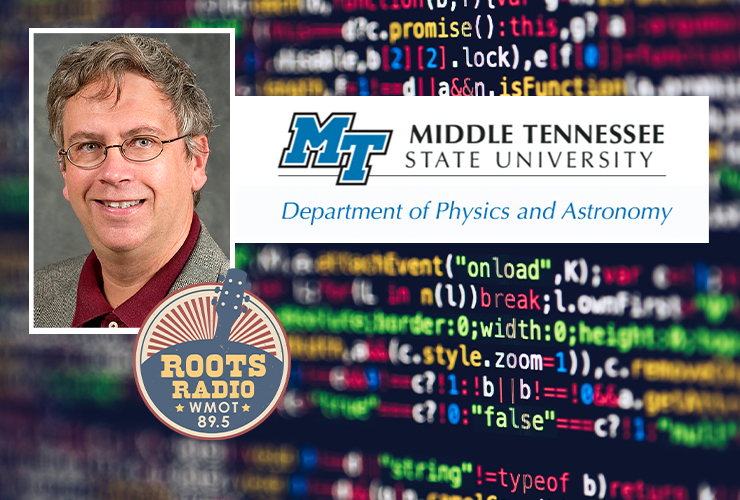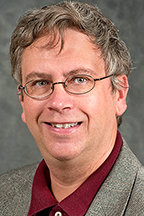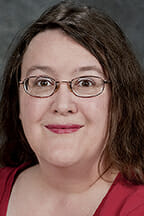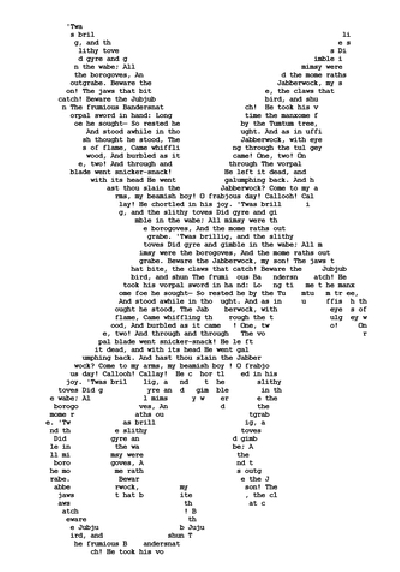
Dr. John Wallin, top left, a professor in the Department of Physics and Astronomy, discusses computational science on the “MTSU On the Record” radio program with host Gina Logue, which first aired March 8 on WMOT-FM Roots Radio 89.5 and www.wmot.org and is available to hear above. Wallin is the head of MTSU’s computational and data science doctoral program. (MTSU photo of Wallin; background photo of computer code by Markus Spiske from Pexels; WMOT, Department of Physics and Astronomy logos also shown)
The marvels of computational science, both professional and aesthetic, were examined on a recent “MTSU On the Record” radio program.
Host Gina Logue’s interview with Dr. John Wallin, a professor in the Department of Physics and Astronomy at MTSU, first aired March 8 on WMOT-FM Roots Radio 89.5 and www.wmot.org.

Dr. John Wallin

Gina K. Logue
You can listen to their conversation via the SoundCloud link above.
Wallin also is the head of MTSU’s Computational and Data Science PhD Program. He defines his discipline as bridging the gap “between theoretical science and experimental science” using computers.
“A good example of computational science might be weather forecasting or developing new materials or predicting the effects of how galaxies collide together,” Wallin said. “All of these would fall into this area.”
 Wallin also has an interesting avocation. He creates designs by using computer software to add extra spaces in printed text.
Wallin also has an interesting avocation. He creates designs by using computer software to add extra spaces in printed text.
To accomplish this, the professor wrote a simple code into which he imports Python libraries, which are reusable core modules of code.
To hear previous “MTSU On the Record” programs, visit the searchable “Audio Clips” archives at www.mtsunews.com.
For more information about the radio program, contact Logue at 615-898-5081 or WMOT-FM at 615-898-2800.

This example of Dr. John Wallin’s text art creates the word “Scrooge” within the text of Charles Dickens’ “A Christmas Carol,” in which Ebenezer Scrooge is a major character. (Image submitted)

In this computer code-created image, Dr. John Wallin imagines what the Jabberwock might look like using text from Lewis Carroll’s classic nonsense poem “Jabberwocky.” (Image submitted)

COMMENTS ARE OFF THIS POST